If you’re curious about winter in Ireland, expect cool temperatures, occasional snow, and brief days that offer a unique beauty. This guide will take you through preparing for Ireland’s winter weather, embracing indoor culture, and experiencing the season’s outdoor adventures. Get the essentials for staying warm and discover Ireland’s winter festivities—all without the summer crowds.
Key Takeaways
Ireland’s winter offers a unique charm with unpredictable weather, shorter daylight hours, and opportunities to see the Northern Lights in clear, dark skies.
Cozy indoor experiences, traditional Irish pubs, comfort foods like coddle and colcannon, and festive winter solstice celebrations showcase Ireland’s rich culture.
The winter season is perfect for scenic drives, hiking, wildlife watching, and less crowded tourist spots, offering a more authentic glimpse into Irish life.
Understanding the Irish Winter
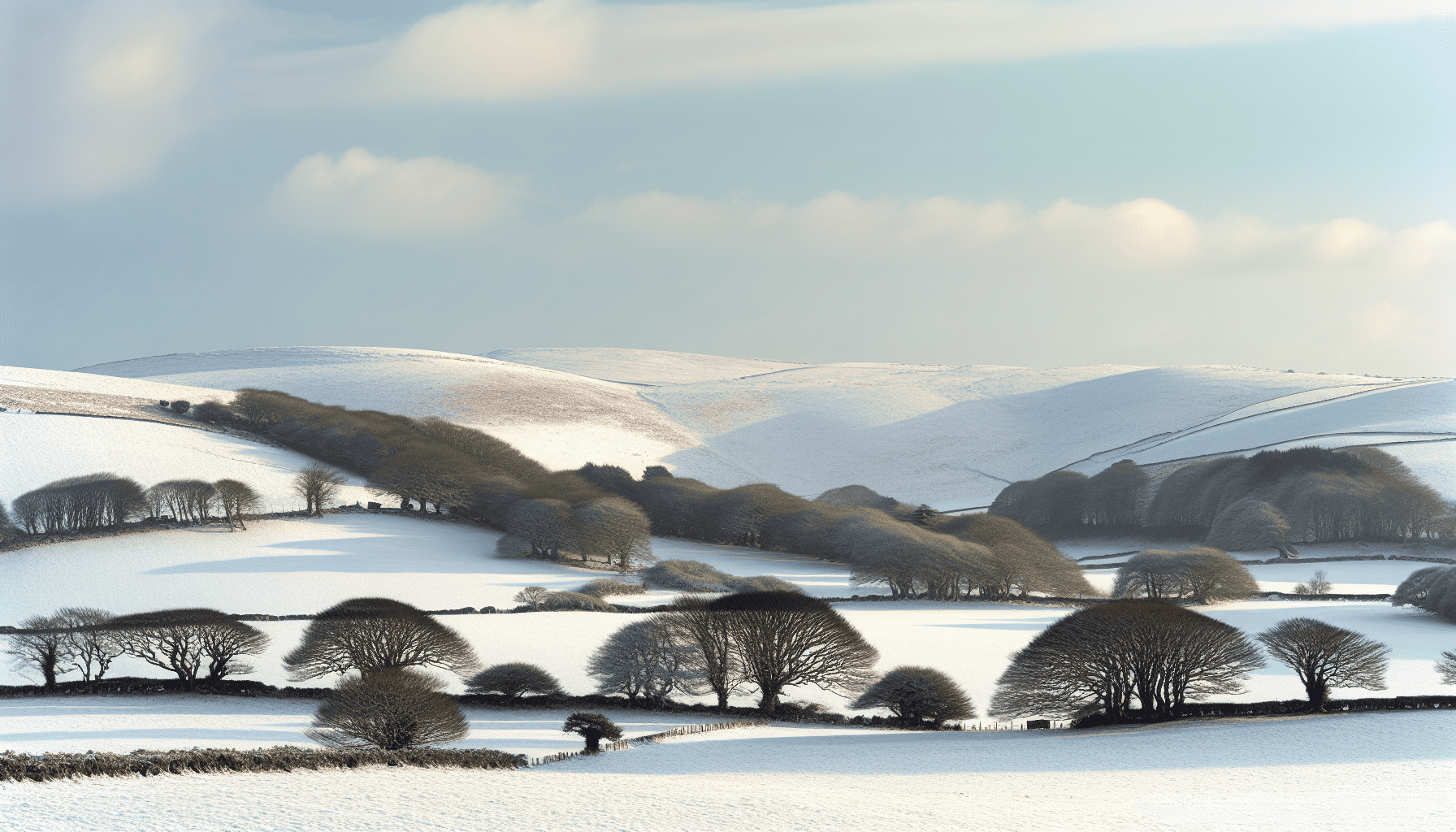
The tranquility and slower pace of life during Ireland’s winter enables one to soak in the landscape’s beauty and the warmth of Irish culture. Yet, this season also brings:
Cool, wet, and windy weather
Average winter temperatures ranging between 3°C and 7°C, which contribute to the overall average temperature
Freezing temperatures that can lead to ice and snow
Around 1,000 to 1,250 mm of rain on average during the winter months
It’s fair to say that an Irish winter is a wet affair.
Daylight hours during winter are significantly shorter, with visitors expecting around 7 hours and 37 minutes of daylight on the shortest day, and about 10 hours and 50 minutes on the longest day. The limited daylight lends a certain mystique to the Irish landscape, with soft light painting the countryside in a palette of silvery tones. From the rugged coastal cliffs to the snow-capped mountains, Ireland in winter is a sight to behold.
The Essence of Irish Winter Weather
The charm of the Irish winter weather complements the island’s rich history and vibrant culture. The winter months see temperatures averaging from 3°C to 7°C, but it’s not unusual for the mercury to dip below freezing, leading to a blanket of ice and occasional snowfall, making the landscapes even more enchanting. This unique weather pattern is largely influenced by the Atlantic Ocean, which moderates the temperatures, preventing them from plummeting too low.
December and January are typically the rainiest months, and it’s not uncommon for the country to experience snow up to 30 days a year on average. However, the snow doesn’t cover the entire country uniformly. Some areas might be blanketed in a thick layer of snow, while others might only see a light dusting. This unpredictability adds to the thrill of visiting Ireland in winter, as you never quite know what to expect.
Daylight Dynamics
The fluctuating daylight during the Irish winter fascinates many visitors. With around 10 hours of daylight on average, December has the shortest days. During this time, the sun only gets about 13 degrees above the horizon at midday, and Ireland usually only gets around 1.4 hours of sunshine per day. This means that the sun rises around 9:20 am and sets early in the evening, making for shorter daylight hours.
The limited daylight hours do pose a unique set of challenges and opportunities. They can affect energy levels and moods, leading people to engage in more indoor activities. However, the longer nights also create opportunities for festive experiences and the chance to witness natural phenomena such as the Northern Lights.
Winter’s Influence on the Emerald Isle
The unique atmosphere created during Ireland’s winter extends beyond the weather itself. With fewer tourists around, you get the chance to experience the country in a more intimate and authentic way. The winter season also brings a shift in the wildlife, with the arrival of migrating bird species like:
geese
swans
whooper swans
pintails
curlews
brent geese
red kites
hen harriers
great spotted woodpeckers
siskins
If you’re a nature enthusiast, you’ll be thrilled to spot these birds during your visit.
During winter, Ireland’s landscape undergoes a transformation. The green pastures may be blanketed in snow, making the scenery look like a winter wonderland. However, due to global warming, there’s also a shift in the plant life and land usage, which can sometimes disrupt the habitats of local wildlife. This mix of beauty and challenges paints a complex but compelling picture of Ireland in winter.
Preparing for Your Visit During the Off Season
A winter visit to Ireland, often considered the off-season, presents a contrasting experience to the peak summer months. It requires careful preparation to ensure a comfortable and enjoyable stay. From packing the right clothing to planning your itinerary, there are several things to consider for your winter adventure in Ireland.
Packing the right clothing is crucial to withstand the chilly and wet weather. Key items to include in your luggage are:
Gloves
Scarves
Warm hats
Boots
Warmer coats
Additionally, planning for indoor activities is also crucial as the daylight hours are limited and the weather can be unpredictable.
What to Pack for a Wet Winter
Proper attire enhances the enjoyment of your winter trip to Ireland. With the weather being cool and damp, you’ll want to ensure you stay warm and dry. Here are some essentials you should pack:
A rain-resistant winter jacket with a hood
Scarf
Hat
Gloves
Long sleeve tops
Thermal underlay
Woolen cardigan
Lightweight layers
When it comes to footwear, waterproof boots are a must-have. Brands like:
Blondo
Teva
Sorel
Allbirds
Sorel Mac
Blundstones
Berghaus
Columbia
Hi-Tec
HUNTERS
Helly Hansen
Vivobarefoot
We offer high-quality waterproof boots suitable for Ireland’s winter weather, perfect for exploring the Wicklow Mountains.
For your hands, consider waterproof gloves such as the Carhartt Waterproof Insulated gloves to keep them warm and dry in cold, damp conditions.
Staying Cozy in the Cold
Remaining cozy during the cold Irish winter involves not only warm clothing but also immersing oneself in Irish traditions. The Irish are known for their warm hospitality, and there’s no better place to experience this than in a traditional Irish pub. Whether it’s in a bustling city like Dublin or a quaint village in County Cork, a cozy pub with a roaring fire is the perfect place to unwind after a day of exploring.
Indulging in traditional Irish comfort food and enjoying a warm drink is another way to stay cozy during winter. Classic dishes like coddle, a hearty stew of sausages, bacon, potatoes, and onions, or colcannon, a mix of potatoes, cabbage or kale, butter, and spring onions, are sure to warm you up.
Participation in local winter events also adds to the cozy winter experience in Ireland.
Celebrating the Winter Solstice in Ireland
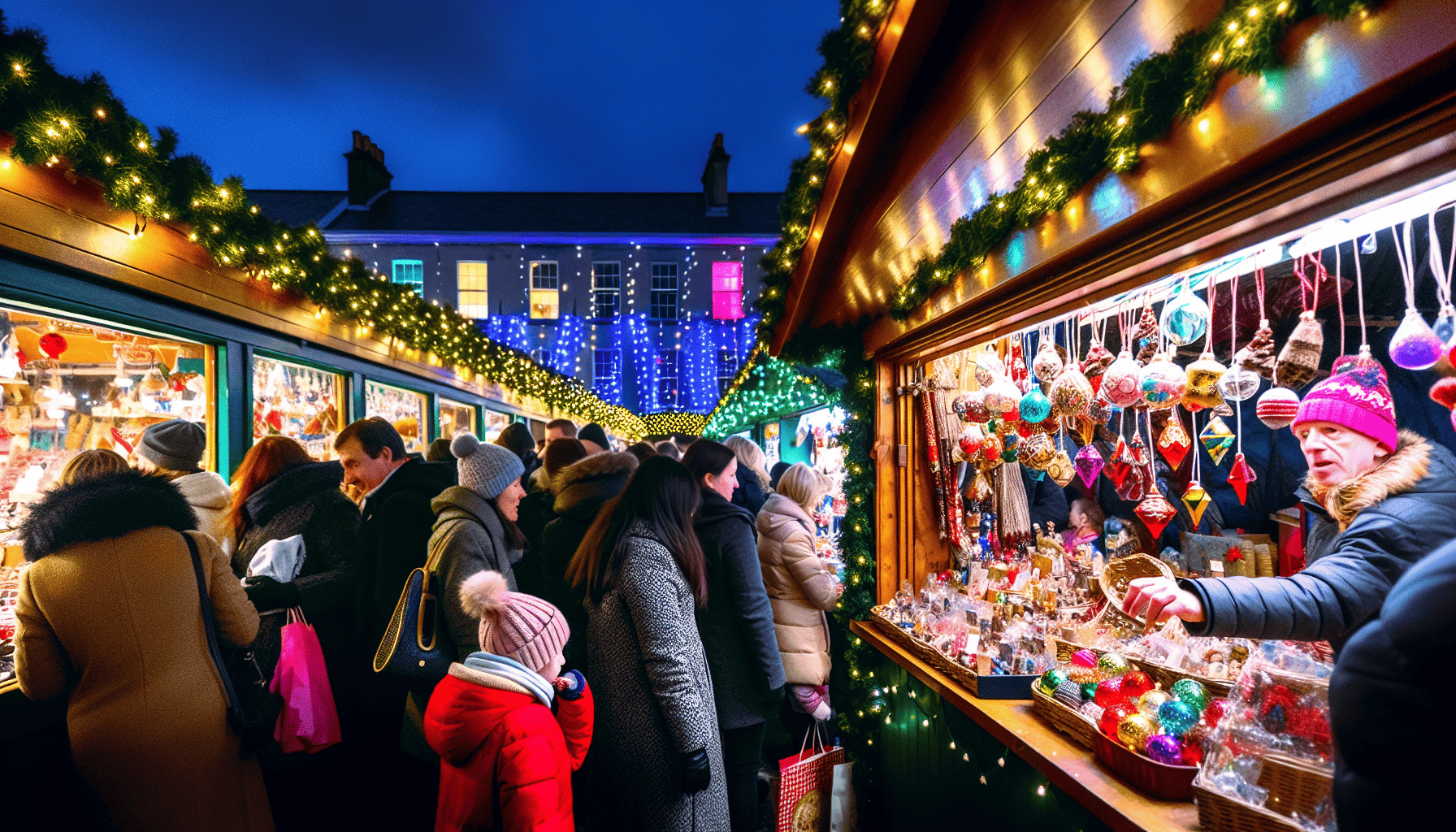
In Ireland, the winter solstice, characterized by the shortest day and longest night of the year, carries special significance. It’s a time of ancient traditions and modern festivities, a time when light triumphs over darkness, symbolizing renewal and hope for better days to come.
Today’s celebrations of the winter solstice in Ireland amalgamate ancient customs with contemporary festivities. Some of the key events and festivals around the winter solstice include:
Watching the sunrise at Newgrange, an ancient passage tomb, where the sunlight illuminates the inner chamber, creating a striking connection between the present and the past.
Participating in traditional Irish music and dance performances.
Enjoying festive markets and food stalls.
Taking part in storytelling sessions that showcase Irish folklore and mythology.
These events offer visitors a unique insight into Irish traditions and culture during the winter solstice.
Ancient Traditions and Modern Festivities
The winter solstice, or ‘Grianstad an Gheimhridh’ in Irish Gaelic, is a significant event in Ireland’s cultural calendar. The ancient traditions associated with it date back to the country’s early history, with celebrations centered around the theme of light’s victory over darkness and the hope for renewal.
One of the most anticipated events of the winter solstice is the sunrise at Newgrange. As dawn breaks, a beam of sunlight illuminates the passage tomb’s inner chamber, creating a magical moment that connects the present with the past. Besides Newgrange, other celebrations such as The Crossing in Adamstown and local traditions across the country make the winter solstice in Ireland a memorable experience.
Experiencing Christmas in Ireland
Ireland’s Christmas time unfolds a truly magical ambiance. The festivities start in early December and continue for about two weeks, filling the country with a festive spirit and cheerful atmosphere. Traditional Christmas celebrations include:
Attending midnight mass on Christmas Eve
Exploring Christmas markets
Watching horse races on St. Stephen’s Day
Taking a Christmas Day swim
As for Christmas dinner, expect to find a table laden with:
roast turkey
potatoes
stuffing
Brussels sprouts
gravy
cranberry sauce
Whether you’re enjoying a traditional meal with an Irish family or dining in a local restaurant, experiencing Christmas in Ireland is sure to be a highlight of your winter visit.
Chasing the Northern Lights: A Rare Winter Treat
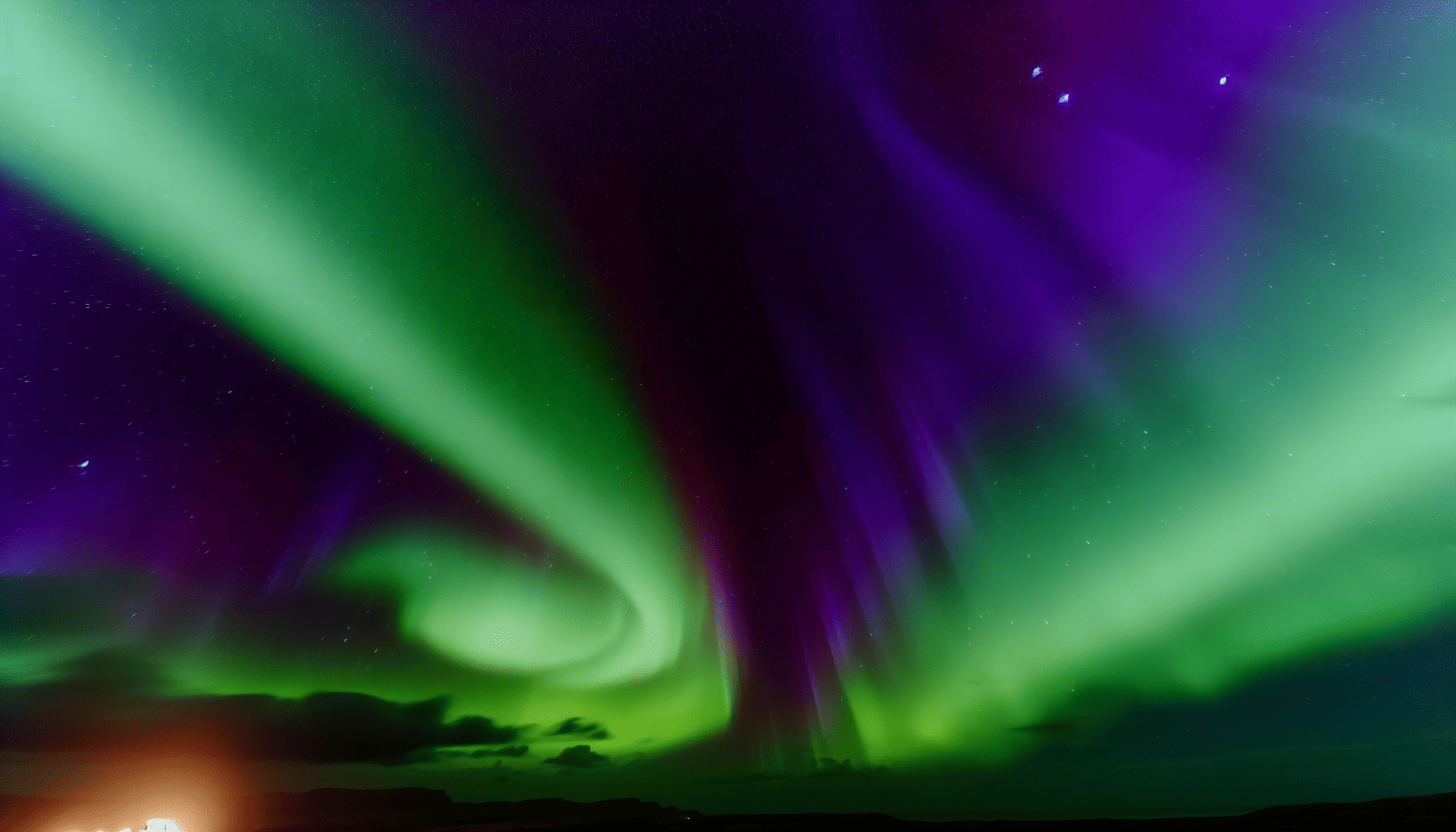
With some luck, your winter visit to Northern Ireland may include a viewing of one of nature’s most spectacular displays – the Northern Lights, or Aurora Borealis. These ethereal lights, caused by the collision of charged particles in the Earth’s atmosphere, are usually visible in Ireland between September and April, especially from October through April when the geomagnetic activity is usually high.
Seeing the Northern Lights is not guaranteed, but when conditions are right, the sight of the sky lit up in hues of green, pink, and purple is truly mesmerizing. The best chance of seeing this natural spectacle is during clear, dark nights in places with little light pollution, usually at a Kp number of 4 or higher.
Hunting for Auroras in the Irish Sky
If you’re determined to chase the Northern Lights in Ireland, there are several places known for their optimal viewing conditions. Among the top spots are Malin Head, the Inishowen Peninsula, and the northern coastline, all of which boast minimal light pollution, providing the perfect backdrop for the Aurora Borealis.
Remember, patience is key when hunting for the Northern Lights. You might have to wait for several hours before the lights make their appearance. But the sight of the shimmering lights dancing across the night sky will be worth the wait, making it a highlight of your winter trip to Ireland.
Photography Tips for Capturing the Northern Lights
Capturing the Northern Lights in photographs is no small feat. It requires patience, the right equipment, and knowledge about camera settings. To get the best shots, you’ll want to check out cameras like:
Sony A7S III
NIKON Z6II
Canon EOS R8
SONY A7IV
Sony A7RV
Nikon Z7 II
Full-frame cameras like the Nikon Z7 are particularly good for top-notch images with minimal noise.
Adjusting your camera settings is crucial for capturing the Northern Lights. Start with settings of aperture f/2.8, ISO 1600, and 15 seconds exposure time, adjusting as necessary depending on lighting conditions. Lastly, don’t forget to make use of a sturdy tripod. This will help keep your shots steady and sharp in low-light situations.
Indoor Delights and Warm Drinks: Embracing Irish Culture
As the winter weather turns chilly, it paves the way to discover Ireland’s cozy indoor delights. From sampling traditional Irish dishes to visiting museums and historical sites, there’s plenty to keep you entertained while staying warm and cozy.
A winter visit warrants indulgence in Irish culinary delights. From a warm bowl of seafood chowder to a hearty plate of Irish stew, these traditional dishes are sure to keep you warmed up from the inside. Pair these with a pint of Guinness or a hot whiskey, and you’ve got yourself the perfect Irish winter meal.
Culinary Comforts: Seafood Chowder and Irish Stew
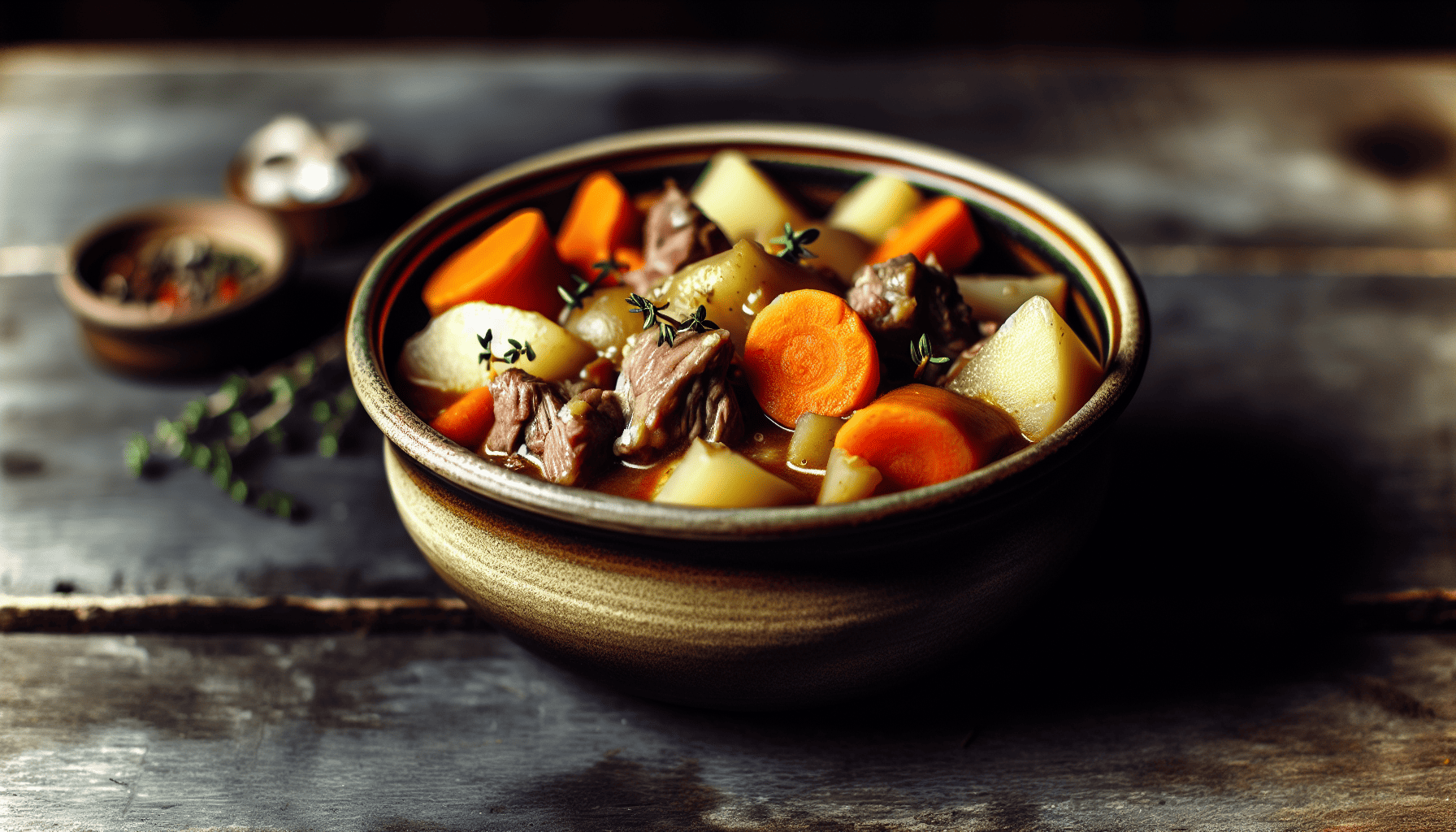
Irish cuisine is known for its hearty and comforting dishes, perfect for the chilly winter months. Seafood chowder is a popular choice, particularly in coastal towns. This delicious soup typically includes a variety of fish like haddock, cod, and salmon, along with potatoes, onions, celery, and cream. Some versions may even include other seafood like salmon, shrimp, and crab.
Another traditional dish to try is Irish stew, a warming and satisfying meal that’s perfect for cold winter days. Made with succulent lamb, sweet root vegetables, and a tasty broth, this dish is a staple in Irish households. Depending on the region, the stew may also include other vegetables like carrots or turnips.
Cultural Escapes: Museums and Historical Sites
Delving into Ireland’s rich history and culture offers another excellent indoor diversion during winter days. The country boasts a plethora of museums and historical sites that provide insights into Ireland’s past and present. In Dublin, for instance, you can explore:
The Irish Whiskey Museum
The National Museum of Ireland – Archaeology
Kilmainham Gaol Museum
The Little Museum of Dublin
Dublin Castle
Heritage Ireland provides a comprehensive list of historical sites that are open during winter. Whether you’re interested in ancient history, art, or literature, there’s a museum or historical site that will cater to your interests. Don’t forget to check the latest information on opening times and accessibility before you visit.
Navigating Ireland’s Winter Landscape
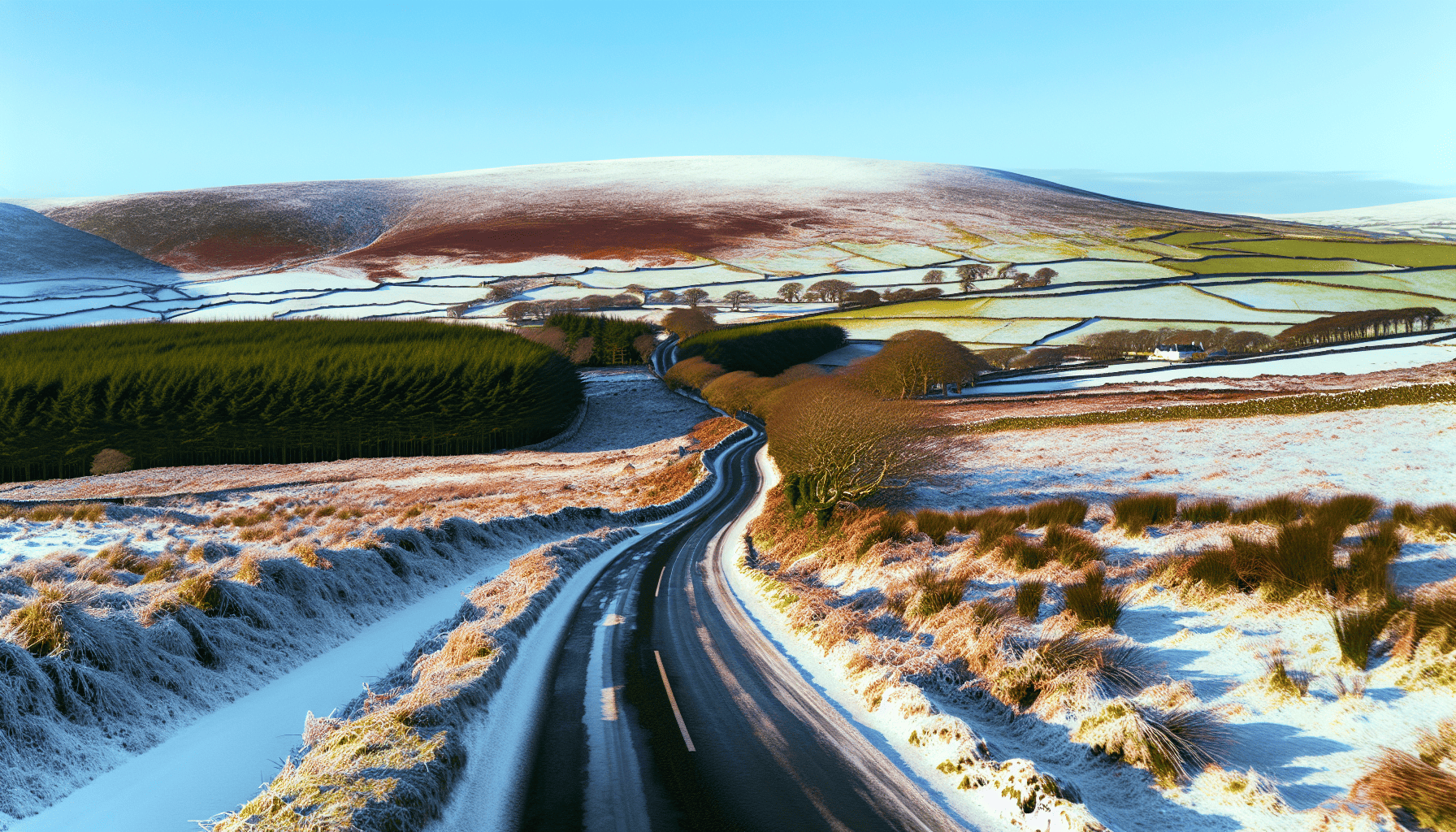
Experiencing Ireland’s winter landscape firsthand unveils its beauty in the best way. Despite the cold weather, there are plenty of outdoor activities to enjoy. From scenic drives and winter hikes to wildlife watching, each offers a unique way to appreciate Ireland’s winter splendor.
For driving enthusiasts, Ireland’s diverse landscapes present stunning views. Some of the most beautiful routes to explore during winter include:
Giant’s Causeway Coastal Route
Conor Pass on the Dingle Peninsula
Slea Head Drive
Horn Head in Donegal
The Copper Coast in Waterford
The Inishowen 100 in Donegal
These routes offer breathtaking scenery and are perfect for a winter drive.
Winter Hiking and Scenic Drives
If you are an avid hiker, you’ll find numerous trails in Ireland that offer breathtaking views during winter. Some of these trails include:
Derrynane Mass Path in Co Kerry
The Lighthouse Loop in Co Cork
Eamon an Chnoic Loop in Co Tipperary
Mullaghmore in Co Clare
Ardmore Cliff Path
These trails are particularly beautiful during the peak season.
Winter is also an excellent time to visit Ireland and take scenic drives. Some recommended routes include:
Killarney: Explore the rugged beauty of Killarney with its national park and lakes.
Connemara: Discover the wild and untamed beauty of the Connemara region.
Antrim coast: Drive along the rugged coastline of the Antrim coast.
Just remember to check the weather conditions and road safety information before setting out on your journey.
Wildlife Watching Opportunities
Winter, despite its cold weather, offers a fantastic season for wildlife watching in Ireland. Some of the migrating bird species that can be spotted during these months include:
Whooper swans
Pintails
Curlews
Brent geese
Red kites
Hen harriers
Great spotted woodpeckers
Siskins
In addition to birds, other animals such as:
foxes
squirrels
hares
otters
badgers
are also active during the winter, especially in woodland areas. If you’re lucky, you might even spot adorable grey seal pups along the coastline, particularly on offshore islands.
Summary
In conclusion, winter in Ireland offers a unique and memorable experience. From the charm of the cold, wet weather to the warmth of the Irish culture, every aspect of an Irish winter is an adventure waiting to be discovered. Whether it’s witnessing the magical Northern Lights, indulging in traditional Irish stew, or exploring ancient historical sites, your winter visit to Ireland is sure to be an experience you’ll cherish for a lifetime.
Frequently Asked Questions
How cold is Ireland in winter?
Ireland is not extremely cold in winter, with average temperatures ranging between 40°F/5°C and 46°F/8°C, thanks to the warming effect of the Gulf Stream. So, it’s more likely to experience a warm glow than a frosty reception during the winter months.
Is it worth visiting Ireland in winter?
Absolutely! Visiting Ireland in winter offers unique experiences such as Christmas and New Years celebrations, stargazing, snow-covered landscapes, and a chance to explore without crowds. It’s definitely worth considering.
What months are winter Ireland?
Winter in Ireland occurs between December, January, and February, according to the climatological and meteorological purposes. It is the darkest and shortest time of the year.
What should I pack for a winter trip to Ireland?
Pack a rain-resistant winter jacket with a hood, scarf, hat, gloves, long sleeve tops, thermal underlay, woolen cardigan, lightweight layers, warm jumper or fleece, jeans or long trousers, and a thermal undershirt for your winter trip to Ireland.
How are the Northern Lights visible in Ireland?
You can see the Northern Lights in Ireland between September and April, with the best chance from October through April due to high geomagnetic activity. So, keep an eye out during those months for a chance to catch a glimpse of this natural phenomenon!

